This “Limited Edition” Blu-ray from Radiance Films will be available for purchase on April 15th.
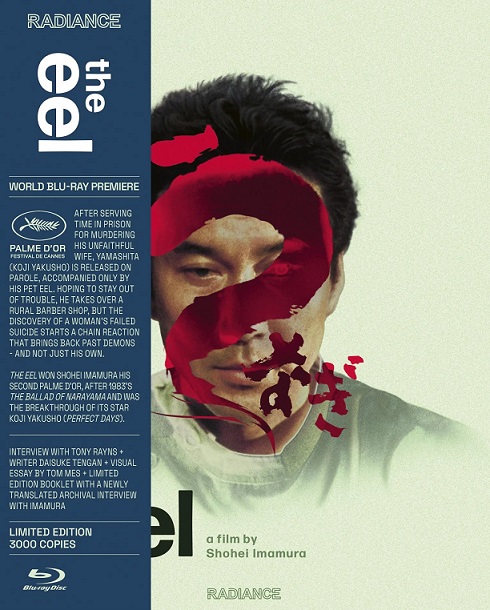
Back in 1997, the Japanese film The Eel made a big impression at the Cannes Film Festival. So much so that this little movie received the Palme d’Or from the festival Jury (along with the Iranian picture Taste of Cherry). The film’s director, Shohei Imamura, had previously won the very same award for his 1983 feature The Ballad of Narayama, another in his long career of stories about lower-class citizens eking out an existence in Japan.
The Eel certainly starts on a heavy note, before introducing lighter themes and giving its troubled lead character some hope for a better future. While the filmmaker blends odd elements like violence, psychological trauma and humor in a manner that shouldn’t work at all, the end results are surprisingly effective. In fact, it’s easy to see how the picture ultimately charmed and won over international audiences.
Now, Radiance Films is presenting a “Limited Edition” Blu-ray of The Eel. This is the first time it has every been made available on the format, and the disc contains the original version, an extended director’s cut. There are also several extras with film historians that give background about to the project, showing how it helped usher in a new era of Japanese cinema, and much more.
The story begins with a man, Takuro Tamashita (Koji Yakusho) receiving a strange anonymous message telling him that his wife is having an affair. He goes home early to confirm the details of the note and brutally murders her, before turning himself in at a local police station. After several years of incarceration, Takura is released, along with an eel that he has cared for in prison and converses with. He moves to a new area and decides to open a barber shop. Even though most think of haircutters as social people who can carry a conversation with strangers, Takuro does draw in a crowd. As it turns out, most of his customers in this area are oddballs.
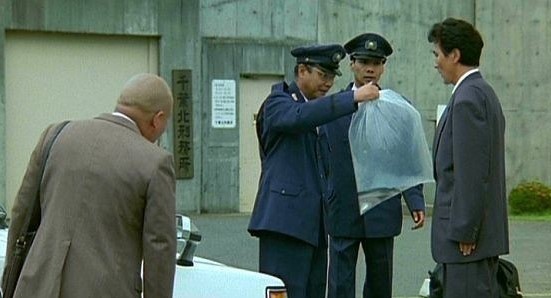
Life seems to be improving, but Takuro begins to feel pressure when he saves a suicidal woman named Keiko Hattori (Misa Shimizu). Viewers soon learn she is running from an abusive boyfriend whom she is hiding a secret from. She decides to help out at the shop, but the lead is put off by the idea because she resembles his late wife. Additionally, a garbageman, who was once an inmate at the same penitentiary as Takuro, begins tormenting the lead and Keiko. Tension rises between Takuro and those looking to cause harm to him, Keiko and his pet eel. The strain becomes evident as he tries to deal with these new issues.
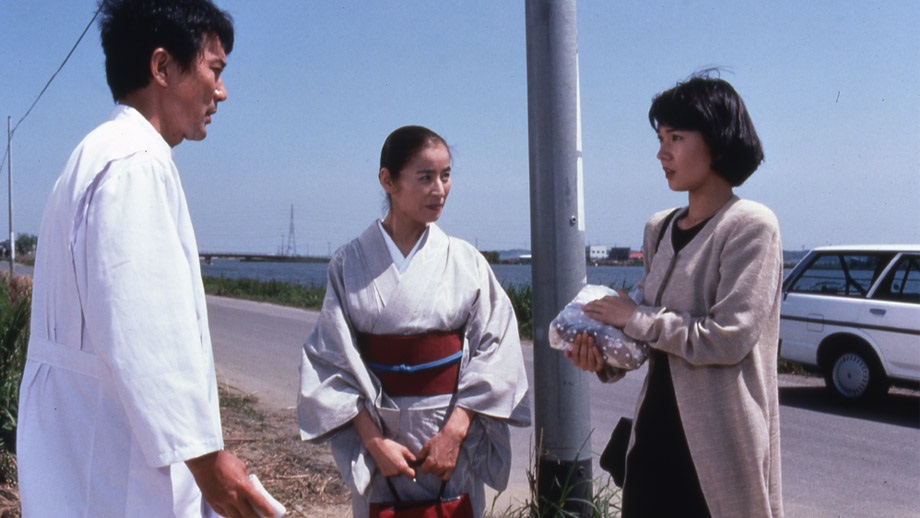
As mentioned, the opening moments are rather dark. The murder is shocking and brutal, with the lead furiously attacking his spouse. Throughout the film, we also see Takuro trying to deal with his problems by interacting with his eel. There are some impressively shot and exaggerated moments as the lead gets up close and personal with the fish.

Yet his interactions with the unusual locals, who have their own share of problems, are lighter and at times even sweet. We see the quiet Takuro initially resist interacting with them, before slowly getting involved in their lives. There are some amusing exchanges between the group all as they become closer and attempt to help each other. But of course, these bonding moments do, once again, lead to conflict as nasty parties arrive to cause problems at the barbershop.
Yakusho’s performance as Takuro is very compelling, despite his horrible act at the beginning of the tale. This is a story of redemption, and somehow the first sequence’s frankness does make the viewer curious about whether or not he can recover. In some respects, the film does harken to 90s efforts from the Coen Brothers that would also mix these story elements. In the end, the sensitive portrayal of the characters, combined with low-key humor and the occasional surreal or violent jolt work better than expected. It’s an engaging movie that does make a lasting impression.
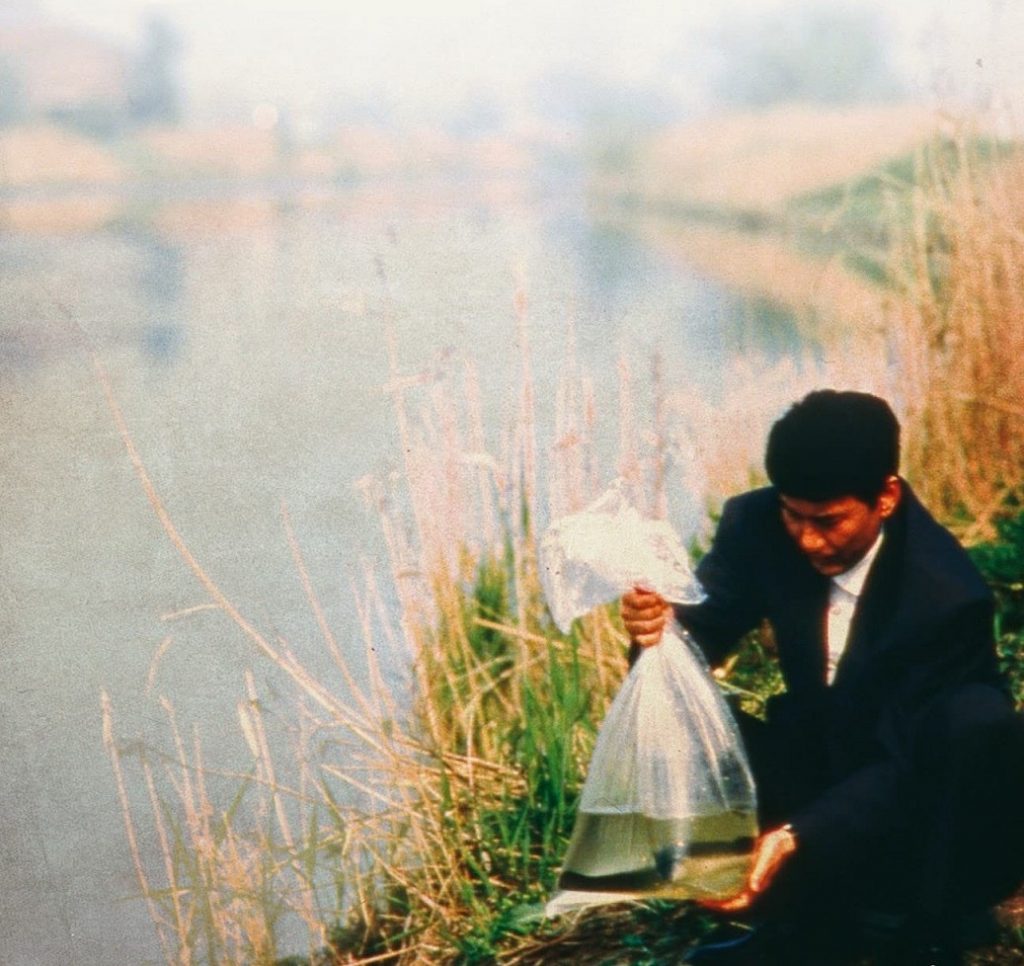
The film is presented in two different versions. The theatrical version runs 117 minutes, while the director’s cut is 135 minutes. Having watched both, your preference may depend entirely on how much you enjoy spending time with these characters. The longer edition is mostly filled with scene extensions. Conversations generally go on longer between Takura and others. Towards the climax, his physical altercation with the garbageman also runs an extra minute or two. The extended version feels a little more naturalistic, even down to the fight, which looks intentionally messy and awkward. Admittedly, you aren’t missing any necessary information in the theatrical cut and the pacing is faster, but I did like living in this world and learning a bit more about the supporting characters, so I suppose overall I did prefer the director’s cut.
The image quality is solid throughout, with only a few moments that look a little less impressive (this includes the opening credits sequence, which is to be expected). According to notes accompanying the disc, there are a couple of brief bits where footage from a pre-existing standard edition had to be used. Thankfully, on the rare occasions this occurs, it isn’t a major distraction. Overall, the transfer is quite nice, particularly during scenic daytime shots and sequences with the eel. Both cuts were transferred from a high-definition master.
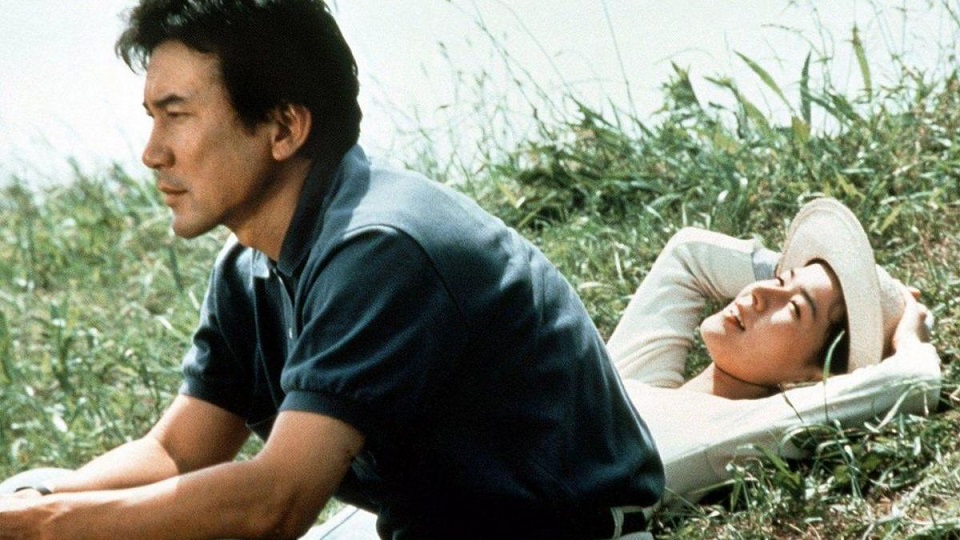
Extras on the disc are also enjoyable. There is an excellent discussion with a film historian about The Eel and the career of the director. The speaker notes some of the common elements in his titles and talks about the subject matter of this film, also noting that there are some curious and subtle clues from the beginning that the lead’s mental state is off.
There is also an intriguing talk with the son of Shohei Imamura, who tells stories about his father and elaborates on the changes made from the short story source material for this film adaptation. His father was having difficulty writing the picture and hired him to iron out problems. The son added the barbershop element, while trying to maintain the theme of the lead and community outcasts building their own kind of family. He admits he and his father butted heads a lot, and that he was fired from the project while another draft was created, before unexpectedly being hired back to write what would be the final version. It’s a revealing talk.

Additionally, a video essay goes over why 1997 was a pivotal year in Japanese cinema. It seems that with a few exceptions, domestic audiences had largely been shunning their own movies. Around this time, things changed significantly as new filmmakers were receiving acclaim from international film festivals. This year saw Princess Mononoke, Shall We Dance (also starring Koji Yakusho), The Eel and many others (including big J-horror titles) becoming major successes abroad and at home, revitalizing the industry. You’ll also learn about a few more noteworthy Japanese features worth hunting down.
A trailer for the film is also included.
The Eel is a very strong, quirky drama with humorous beats that introduces a deeply disturbed character and puts him on a redemption path. It doesn’t go all the way and make this process simple or earnest to a fault, adding a sense of realism to the proceedings. The cast are excellent and the subtle uses of humor land effectively. This Blu-ray itself is also a winner, presenting an improved image and enlightening extras that provide a deeper understanding of the picture and the state of cinema in Japan during this period. The release is well worth checking out.


